Workplace violence and aggression is any incident where a person is abused, threatened or assaulted at work or while they are carrying out work. If you’re a person conducting a business or undertaking (PCBU), you have work health and safety (WHS) duties to ensure workers and others are not exposed to risks to their health and safety, including from violence.
Types of workplace violence and aggression
Workplace violence and aggression can be:
-
physical assault – such as biting, scratching, hitting, kicking, pushing, grabbing, and throwing objects
-
coughing or spitting on someone on purpose
-
sexual assault or any other forms of indecent physical contact
-
harassment or aggressive behaviour that creates a fear of violence, such as stalking, sexual harassment, verbal threats and abuse, yelling and swearing
-
hazing or initiation practices for new or young workers
-
violence from a family or domestic relationship when this occurs at the workplace, including if the person’s workplace is their home.
Violence may come from anyone in the workplace, including an employer, supervisor, co-worker, client, patient or customer.
Verbal violence and aggression
It is not just violent incidents such as physical assault which can cause harm. Lower levels of violence and aggression can also have a lasting effect on a worker’s health, such as swearing, yelling, name-calling, taunting, and sexual or gendered comments.
Gendered violence and aggression
Violence and aggression aimed at people because of their sex, sexual orientations or diverse identities is gendered violence.
This includes violence towards a person because they identify as lesbian, gay, bisexual, transgender, intersex, queer or asexual (LGBTIQA+).
Sexual harassment may also be a form of gendered violence.
Initiation and hazing in the workplace
Initiation and hazing is a type of workplace violence and aggression. It involves harassment or abuse to recognise or accept a person as part of the group.
Hazing commonly involves negative, humiliating or distressing experiences. It can cause physical and psychological harm.
New and young workers may be at higher risk for this type of violence.
Family and domestic violence at the workplace
Family and domestic violence can be a WHS issue if the perpetrator makes threats, intimidates or carries out violence on a partner or family member at the workplace, including if working from home.
Managing the risk of family and domestic violence at the workplace is complex and needs to be handled appropriately and sensitively.
The information sheet Family and domestic violence provides guidance on managing the risk of family and domestic violence at the workplace and where to seek more advice.
Effects of workplace violence and aggression
Violence can harm the person it’s directed at those who witness it.
It can harm physical and mental health, leading to:
-
feelings of being alone and isolated
-
confidence loss and withdrawal
-
injuries from assault
-
stress, depression, anxiety and post-traumatic stress disorder (PTSD)
-
stress-related illnesses
-
problems with a person’s job, career and financial security
-
suicidal thoughts.
Workplace violence can have significant economic and social costs for workers, their family, their organisation and the wider community.
Industries most at risk of violence and aggression
Violence can happen in any industry but is most common when people work with the public or external clients.
Higher risk industries include:
-
health care and social assistance, including nurses, doctors, paramedics, allied health workers, child protection workers, residential and home carers
-
public administration and safety, including police, protective service officers, security officers, prison guards and welfare support workers
-
retail trade and food services, particularly new and young workers, including workers at grocery outlets, pharmacies, petrol stations, restaurants, bars and takeaways
-
education and training – including teachers and teachers’ aides.
What to do if you experience it
Your employer should provide you with information and support on how to respond if violence or aggression is directed at you, what to do if you witness it and how to report it.
For information on what you should do and details of support services, see Workplace violence and aggression – advice for workers.
